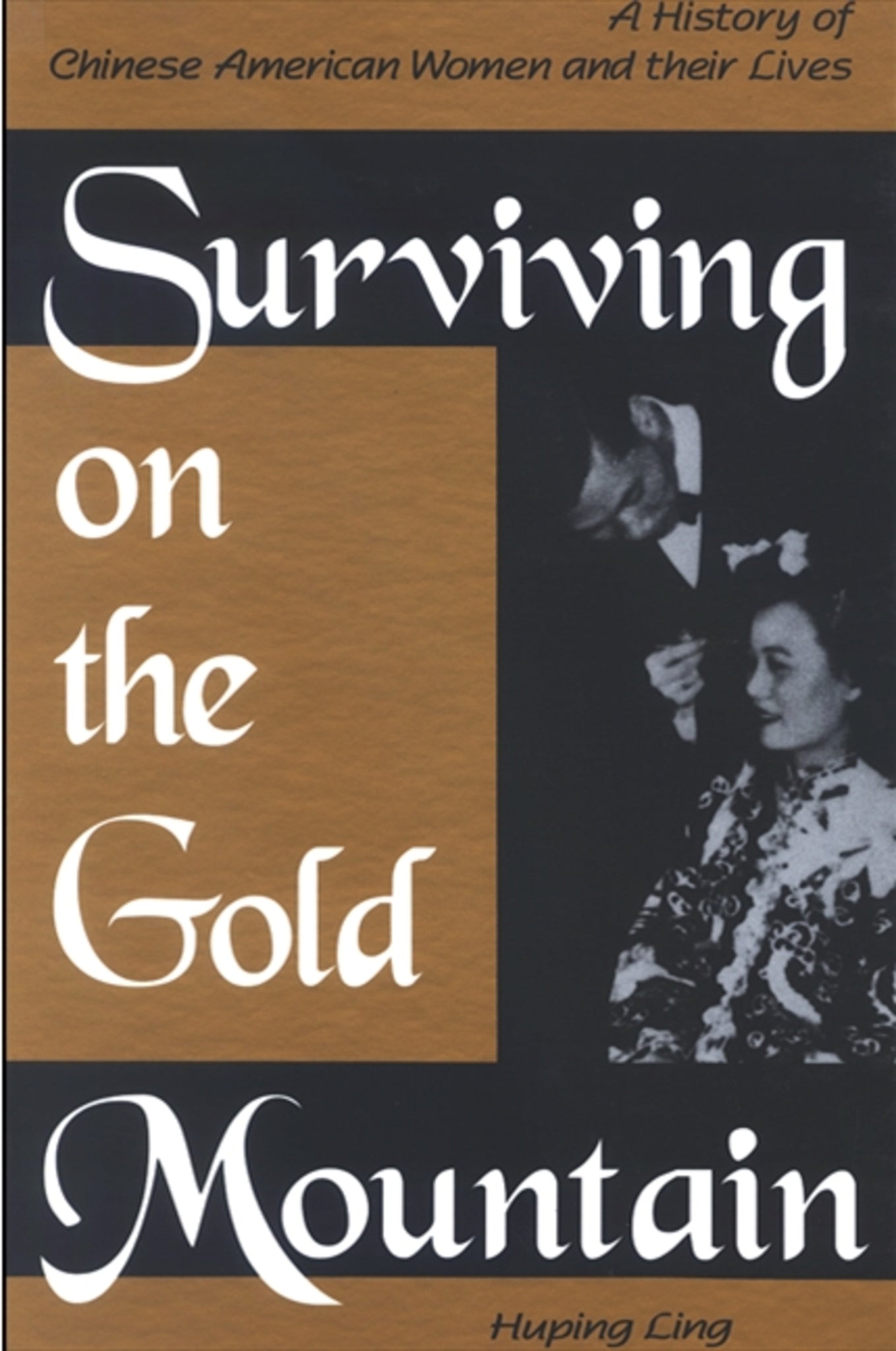We're sorry. An error has occurred
Please cancel or retry.
Surviving on the Gold Mountain

Some error occured while loading the Quick View. Please close the Quick View and try reloading the page.
Couldn't load pickup availability
- Format:
-
23 July 1998

The first comprehensive work on Chinese American women's history covering the past 150 years.
Surviving on the Gold Mountain is the first comprehensive work on Chinese American women's history covering the past 150 years. Relying on archival documents (many of which have never been used), oral history interviews, census data, contemporary newspapers in English and Chinese, and secondary literature, it unearths an unknown page of Chinese American history-the lives of Chinese immigrant women as wives of merchants, farmers, and laborers, as prostitutes, and as students and professionals in nineteenth- and twentieth-century America.


"Surviving on the Gold Mountain is a significant addition to our too-scant scholarly literature about Chinese American women. In addition to her historical skills, Huping Ling brings to it her irreplaceable experience as a recent student emigrant from the People's Republic of China. It is a contribution to both the history of immigration and the history of women." — Roger Daniels, University of Cincinnati
"Surviving on the Gold Mountain presents an expansive story of America's past from the particulars of individual lives. This work testifies yet again to the immense possibilities of women's history and its transformative powers." — Gary Y. Okihiro, Cornell University, and author of Margins and Mainstreams: Asians in American History and Culture
"Huping Ling has written the most comprehensive history of Chinese American women to date. Covering the entire period from the 1840s to the present, she examines the lives and experiences of different subgroups in various regions of the country, focusing particularly on immigration, work, family, and community. Her account is enlivened by the voices of Chinese American women and enriched by photographs, maps, and documents. A work of impressive scope and scholarship, Surviving on the Gold Mountain will be of value to both students and scholars in Ethnic and Asian American history." — Evelyn Nakano Glenn, University of California, Berkeley
List of Tables
List of Illustrations
Acknowledgments
Author's Note
Introduction
Part One Early Chinese Immigrant Women, 1840s–1943
1. Nineteenth Century Immigration: Chinese Women Came to the Gold Mountain
Social Conditions for Women in Nineteenth Century China
Motives for Immigration
Restrictions on the Entry of Chinese Women
Immigration and Settlement Patterns
2. Nineteenth and Early-Twentieth Century Chinese American Women at Work
Slave Girls
Merchant Wives
Students
Farm Wives
3. Defining Home and Community
Family Life
Community Involvement
Part Two Postwar Chinese American Women, 1943–1965
4. Postwar Chinese American Women
Repeal of Chinese Exclusion Acts
Motives and Means of Immigration
New Employment Opportunities
Family Life
Social Activities and Community Work
Part Three Contemporary Chinese American Women, 1965–1990s
5. New Turning Point
Educational and Occupational Achievements
Participation in Mainstream Politics
Attitude Change of the Younger Generation: More Appreciation of Chinese Heritage
Motives and Means of Immigration Since the 1960s
Conditions for New Immigrants
6. Issues and Concerns
Model Minority: Myth and Reality
Debate Over Affirmative Action
Interracial Marriage
Other Concerns
7. Conclusion
Notes
Bibliography
Index



